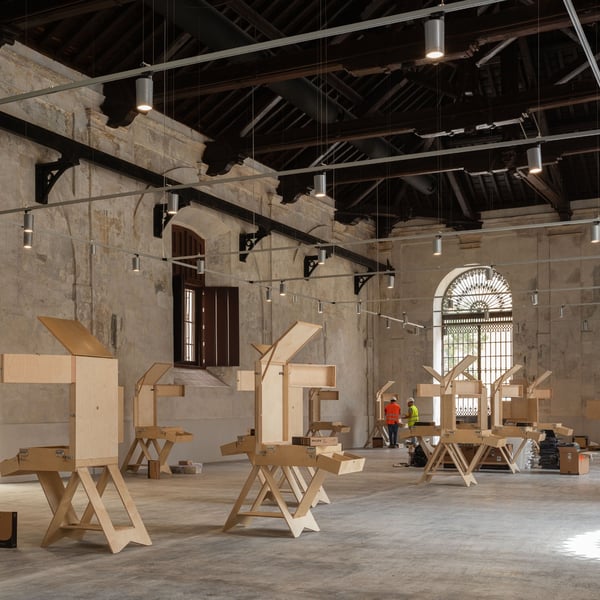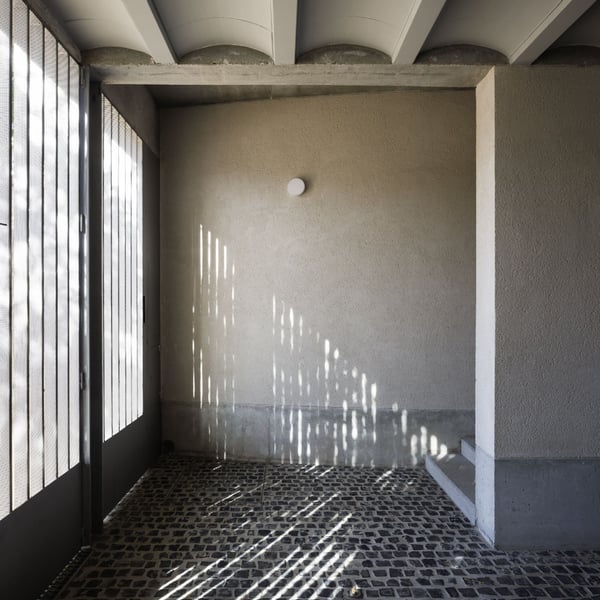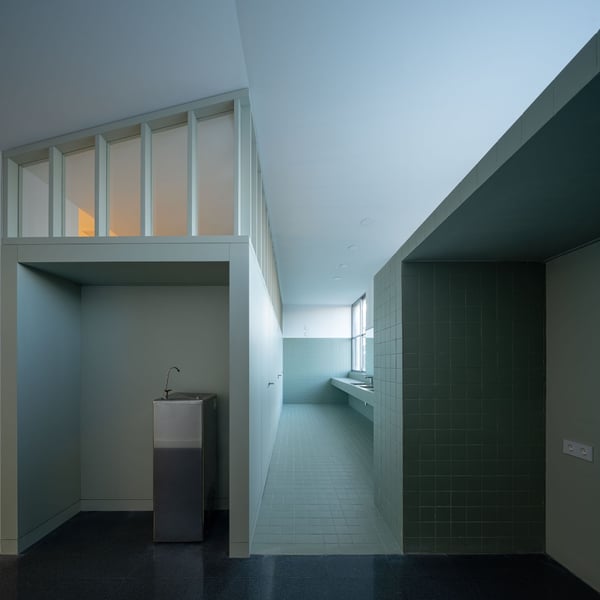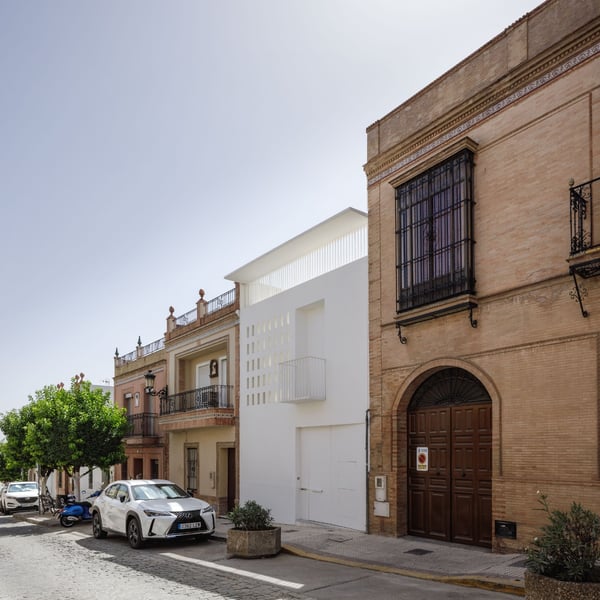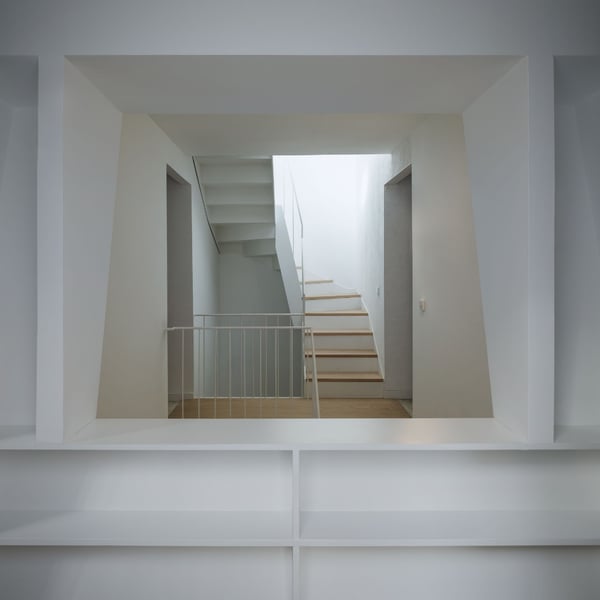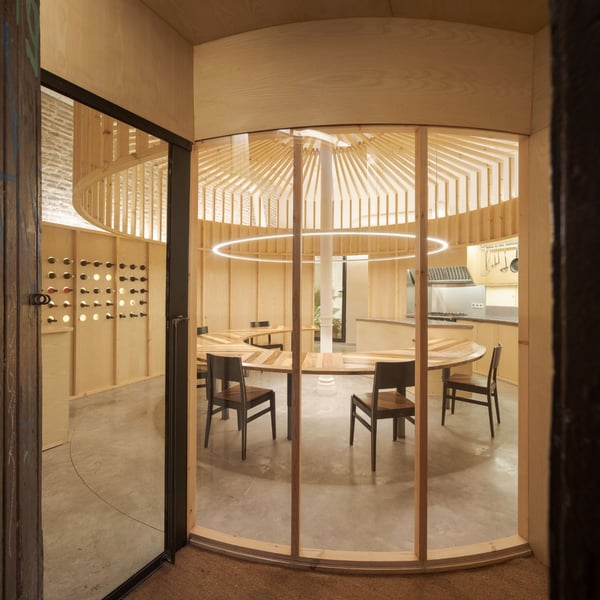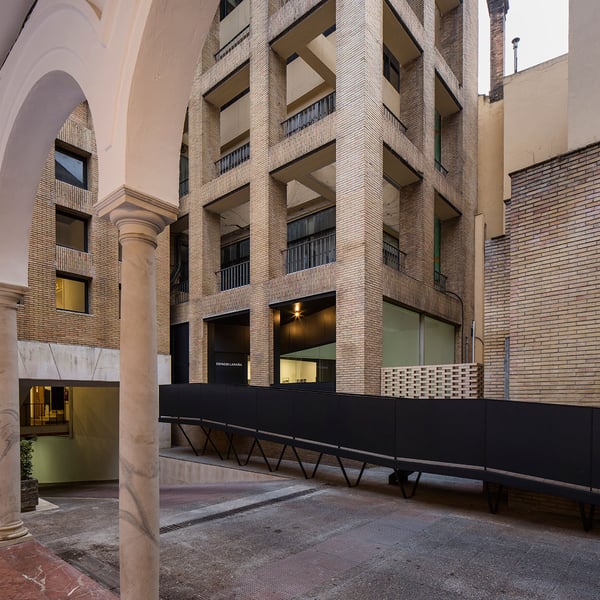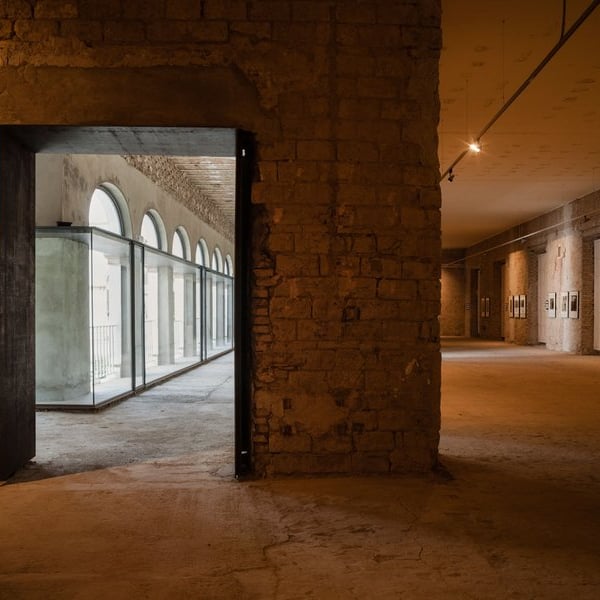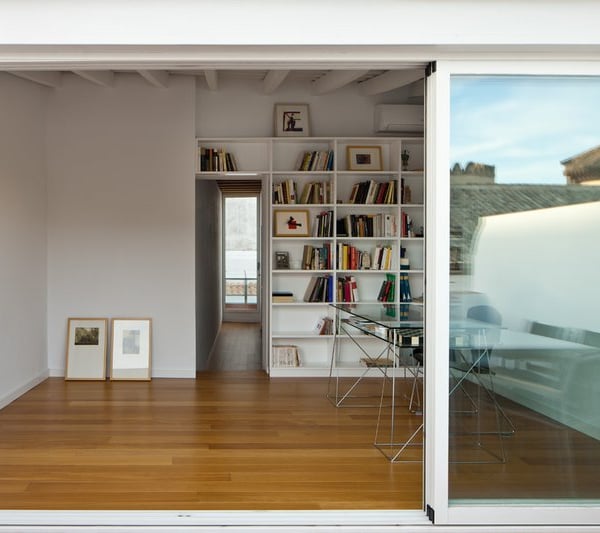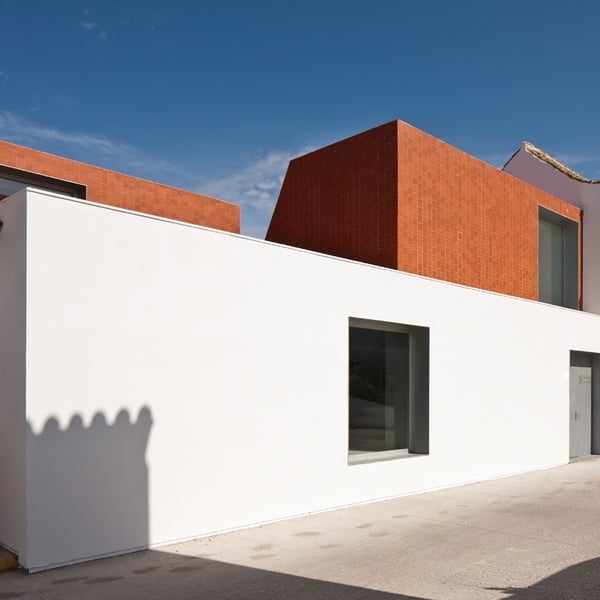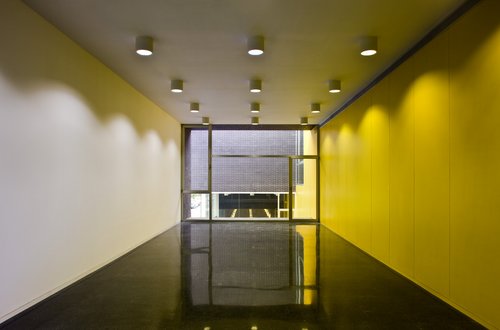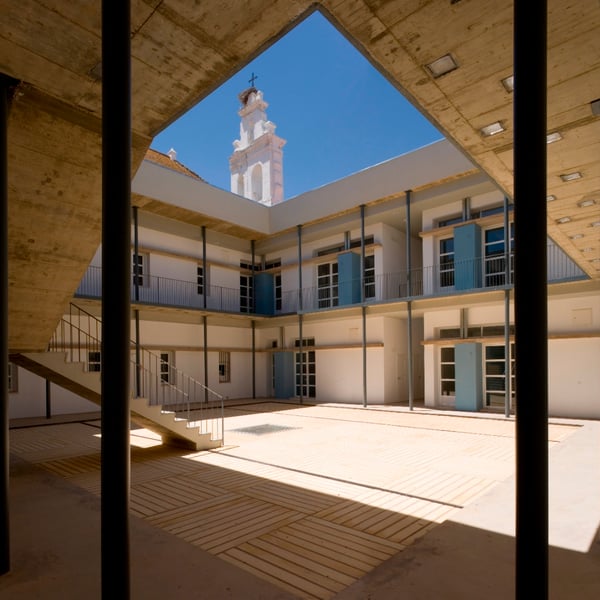.
Architecture
 Ref: 9295_01
Ref: 9295_01  Ref: 9295_02
Ref: 9295_02  Ref: 9295_03
Ref: 9295_03  Ref: 9295_04
Ref: 9295_04  Ref: 9295_05
Ref: 9295_05  Ref: 9295_06
Ref: 9295_06  Ref: 9295_07
Ref: 9295_07  Ref: 9295_08
Ref: 9295_08  Ref: 9295_09
Ref: 9295_09  Ref: 9295_10
Ref: 9295_10  Ref: 9295_11
Ref: 9295_11  Ref: 9295_12
Ref: 9295_12  Ref: 9295_13
Ref: 9295_13  Ref: 9295_14
Ref: 9295_14  Ref: 9295_15
Ref: 9295_15  Ref: 9295_16
Ref: 9295_16  Ref: 9295_17
Ref: 9295_17  Ref: 9295_18
Ref: 9295_18  Ref: 9295_19
Ref: 9295_19  Ref: 9295_20
Ref: 9295_20  Ref: 9295_21
Ref: 9295_21  Ref: 9295_22
Ref: 9295_22  Ref: 9295_23
Ref: 9295_23  Ref: 9295_24
Ref: 9295_24  Ref: 9295_25
Ref: 9295_25  Ref: 9295_26
Ref: 9295_26  Ref: 9295_27
Ref: 9295_27  Ref: 9295_28
Ref: 9295_28  Ref: 9295_29
Ref: 9295_29  Ref: 9295_30
Ref: 9295_30  Ref: 9295_31
Ref: 9295_31  Ref: 9295_32
Ref: 9295_32  Ref: 9295_33
Ref: 9295_33  Ref: 9295_34
Ref: 9295_34  Ref: 9295_35
Ref: 9295_35 Architects
González, Maria / Sol89 arquitectos / López de la Cruz, Juanjo
Promoter
Dirección General de Ordenación del Territorio, Urbanismo y Agenda Urbana. Consejería de Fomento, Articulación del Territorio y Vivienda. Junta de Andalucía
Builder
Maralva. Construcciones y Obra civil. SL
Collaborators
arquitectos en sol89:
Rosa Gallardo, Elena González, Álvaro Valverde y Jaime Fernández
estructura: Enrique Vázquez
El Real de la Almadraba fue edificado en 1929 y, una vez abandonado en los años setenta tras cuatro siglos de este arte de pesca del atún en el litoral onubense, fue declarado BIC en 2015. Ubicado en el paraje natural protegido de la Flecha del Rompido, se compone de tres ámbitos bien diferenciados: un área habitacional formada por una serie de galpones emplazados a modo de campamento donde habitaban los trabajadores de la Almadraba; la Casa del Capitán, una edificación de mayor prestancia y un tanto alejada del resto del complejo; y el conjunto de piezas que permitían el mantenimiento de los pertrechos de pesca, compuesto por el embarcadero, la caseta de gasoil, la caldera de fundición del alquitrán y su chimenea, y el alquitranadero. La intervención actúa sobre estas últimas piezas y se completa con un nuevo sendero peatonal que une las dos márgenes de la Flecha: la desembocadura del río Piedras y el océano Atlántico. La rehabilitación se divide en dos ámbitos, el embarcadero y la caseta de gasoil, en estado de ruina y de los cuales apenas restaba su traza, y la caldera, la chimenea y el alquitranadero, en mejor estado de conservación, aunque necesitados de una fuerte intervención. El embarcadero era una pieza inundable construida con piedras del lugar a modo de dique, este tipo de embarcadero podemos encontrarlo en otros conjuntos almadraberos de Andalucía y se remonta al modo de construcción romano. Las dificilísimas condiciones de ejecución, a expensas de las mareas en la desembocadura del río y de las complejas condiciones de abastecimiento de la obra en este paraje natural, han conllevado que reconstruyamos el embarcadero con una técnica cercana a la manera romana: a partir de la traza del antiguo embarcadero, utilizando sus restos como cimentación, se ha construido un muro perimetral de hormigón ciclópeo con piedra grauwaca del lugar mediante tongadas que aprovechaban la bajamar para su puesta en obra. Esos muros, armados con fibra de vidrio en vez de acero para evitar problemas de corrosión, quedan arriostrados por una solera inferior y otra superior, conformando un cajón capaz de absorber los fuertes empujes horizontales de la corriente fluvial. Esta forma de construcción aporta además una cualidad tectónica donde el hormigón, vertido por tongadas y picado posteriormente, permite aflorar la piedra autóctona y conforma un volumen estratificado, casi geológico, más cercano al origen de este tipo de embarcaderos y acorde al conjunto protegido y al borde fluvial. Finalmente, la solera superior que conforma el pavimento del embarcadero se acanala mediante un molde ejecutado in situ que, impreso sobre el hormigón fresco, genera un dibujo en espiga, motivo que se repite en el Real de la Almadraba en los pavimentos que estaban dedicados al escurrido del alquitrán fundido para su recuperación. Por otra parte, la rehabilitación de la caldera, la chimenea, el alquitranadero y el escurridero, ha partido de criterios filológicos, gracias a que su estado de conservación, aun siendo deficiente, permitía deducir las técnicas constructivas y los acabados que habían presentado en el pasado. A la pieza de la caldera se accede desde el pavimento acanalado del embarcadero que culmina en ella, desde este punto es posible comprender todo el proceso de protección con alquitrán de los pertrechos de pesca. A la caldera, compuesta de dos hornos y la chimenea que preside el conjunto, se sube a través de una escalera cuyo ámbito central presenta un tramo almohadillado que permitía el ascenso de los barriles de alquitrán, el cual se fundía y pasaba al alquitranadero donde las artes de pesca se colgaban de un tendedero situado entre dos pilastras que descendía hacia los dos pozos de alquitrán fundido con una polea, sumergiendo así las redes que quedaban protegidas por la brea. Por último, las redes pasaban a la nave escurridero, donde se dejaban secar y se recuperaba el alquitrán fundido sobrante a través del suelo acanalado, remedado ahora en el embarcadero. La rehabilitación se ha llevado a cabo con piezas cerámicas de acarreo encontradas en el lugar, reduciendo así la necesidad de aporte de material y garantizando la compatibilidad de su comportamiento, y con morteros de cal y pintura al silicato que favorecen la transpiración de las fábricas y dota al conjunto de una apariencia que remite a su estado original, donde los volúmenes blancos, cuya geometría depurada devenía de su uso estrictamente funcional, destacaban en el paisaje. La tercera intervención en el ámbito del Real de la Almadraba permite habilitar un camino accesible entre las dos márgenes de la Flecha. El alto valor paisajístico de este paraje natural protegido sugiere llevar a cabo una instalación reversible mediante un camino peatonal de madera que va introduciéndose en la espesura arbustiva de retama y chumbera. La geometría de esta pasarela resulta de salvar los dos potentes cordones dunares que anteceden al océano Atlántico, evitando así fuertes movimientos de tierra que alteraran el paisaje existente y pendientes excesivas que impidieran el acceso de personas con movilidad reducida. El camino comienza con una plataforma directamente apoyada sobre el terreno para limitar el coste y va palafitándose cuando es necesario alcanzar mayor altura para salvar las continuas diferencias de cota, ofreciendo unas impresionantes vistas sobre la Flecha y su flora. El diseño de la pasarela y las barandillas parte de los sistemas industriales habituales, aunque se han modificado las escuadrías para que los elementos de protección de la barandilla sean también de sujeción, resultando un elemento más abstracto que surca el paisaje sin denotar su escala y dificulta que los viandantes puedan acceder al paraje natural fuera del ámbito de la pasarela, protegiendo así la flora de junquillo, cardo, azucena y oruga de mar y los anidamientos de aguiluchos, cigüeñas y garcillas.
El proyecto sobre este conjunto paisajístico y arquitectónico protegido ha tratado de recuperar el sentido industrial del proceso almadrabero, revelando así la herencia patrimonial y etnológica de un arte de pesca milenario que convivía en sintonía con el paisaje del litoral onubense.
Exposición de Premios XVI BEAU Me—dio Pla—zo
Real Fábrica de Artillería (Sevilla)
Two wings House
Sanlúcar de Barrameda (Cádiz)
Casa Dos patios y medio
Sevilla
Nuevos aseos de la Escuela de Arquitectura de Sevilla
Sevilla
House of the nine porticoes
Castilleja de la Cuesta (Sevilla)
House 8x8
Sevilla
Office inside a block
Córdoba
House 10X10
Sevilla
T. Culinary workshop
Sevilla
New exhibition room of the Fine Arts School
Sevilla
Contemporary Art Space in the former Madre de Dios Convent, Sevilla
Sevilla
A house by the Market in Feria Street, Sevilla
Sevilla
A culinary school in a former slaughterhouse in Medina Sidonia
Medina Sidonia (Cádiz)
Cabildo Training Centre
Sevilla
Restoration of a Courtyard for Housing and Business Premises
Ayamonte (Huelva)
